Curtiss A-14 Shrike
In 1934 Curtiss Wright began work on its Model 76, a modern twin-engine, two-seat attack
aircraft of all-metal construction with retractable landing gear. Armament consisted of
four fixed thirty-caliber machine guns in the nose, one flexible thirty-cal mounted in the
observer/gunner's rear cockpit, and an internal bomb bay with a maximum capacity of 654 lbs.
The ship first flew on July 17th, 1935 and was initially tested by the USAAC at Wright Field
later that year. After several modifications were made by Curtiss back in Buffalo, the Army purchased
the aircraft in December of 1935, gave it the designation XA-14 and the Army serial number 36-146.
Although further evaluation by the USAAC yielded mostly favorable results, the Army was not
inclined to order the type into mass production... the effects of the Great Depression were
still being felt and the cost of $90,000 per airframe (without engines) was deemed too high.
However, the Army did order thirteen service test examples in July of 1936, under the designation
Y1A-18. (These will be covered on a separate page of this website.)
With no large-scale production forthcoming, Curtiss intended to chase some aviation records
with the XA-14 but, instead, wound up using it as a testbed, primarily for a nose-mounted 37mm
cannon under the designation YA-14. The aircraft later spent some time as a maintenance trainer
with the Air Corps Technical School at Chanute Field, Illinois and was eventually scrapped in
August of 1938 after having accumulated a grand total of only 158 flying hours.
XA-14
The XA-14 at Wright Field, still wearing her civilian paint scheme.
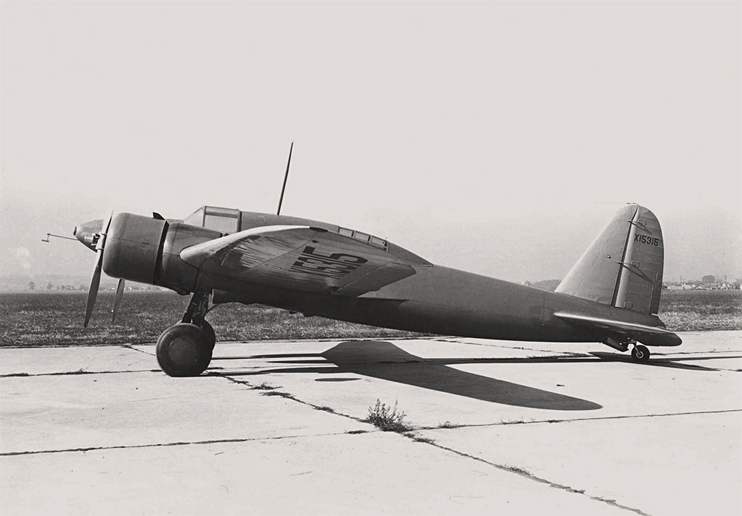
National Museum of the United States Air Force -
Larger Image
This view shows the extremely slim cross section of the fuselage.
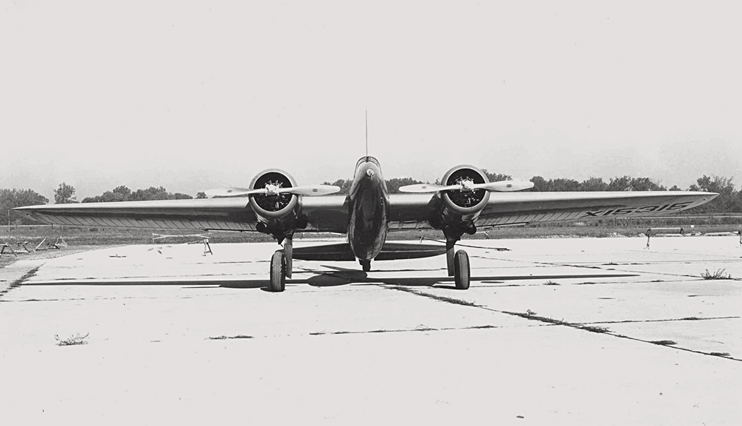
National Museum of the United States Air Force -
Larger Image
Here we see the XA-14 inside one of the Curtiss hangars at the Buffalo Airport
during landing gear retraction testing on July 16th, 1935... the day before her first flight.
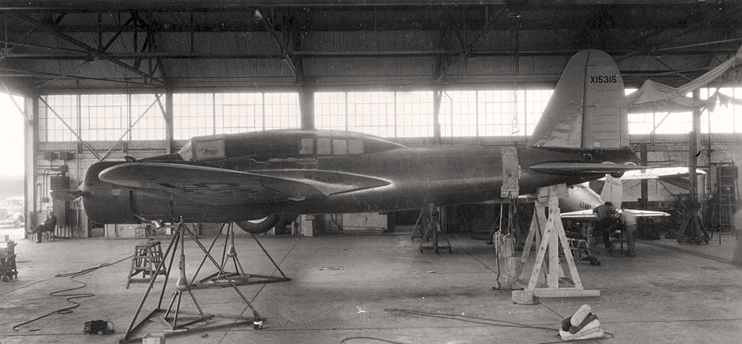
National Museum of the United States Air Force -
Larger Image
And here she is being pushed out of the same hangar in a photo taken by Alvin Smith in
September of 1935 during the Buffalo Air Races. In 1941 Mr. Smith became a flight test
engineer at Curtiss Wright in Buffalo, where he took part in testing several different types.
In 1945 he was transferred to the Columbus, Ohio facility where he worked as a design engineer
on a few of Curtiss' last aircraft designs, including the XP-87 Blackhawk and the CW-32.
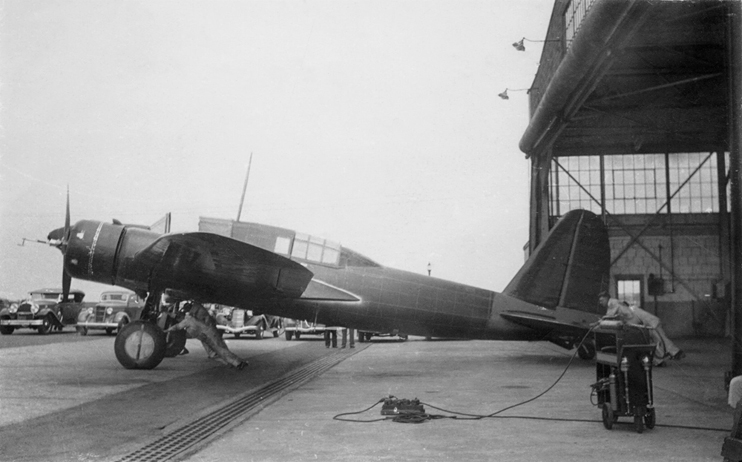
Alvin C. Smith photo via Brent Smith -
Larger Image
These next three photos show the XA-14 at Wright Field after application of USAAC colors.
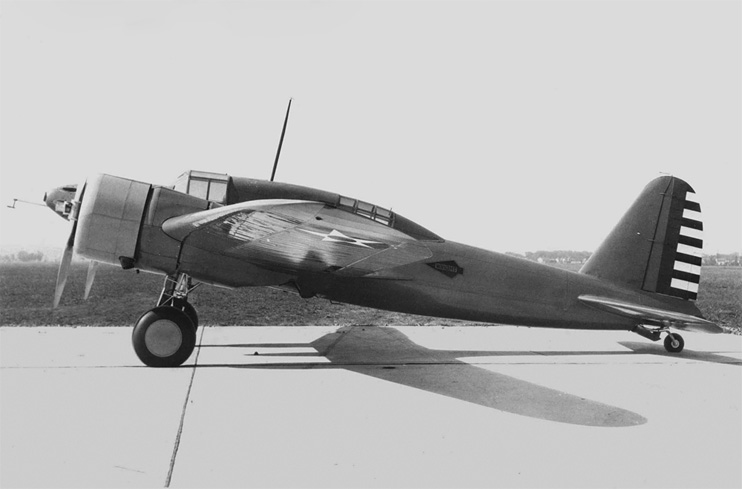
National Museum of the United States Air Force -
Larger Image
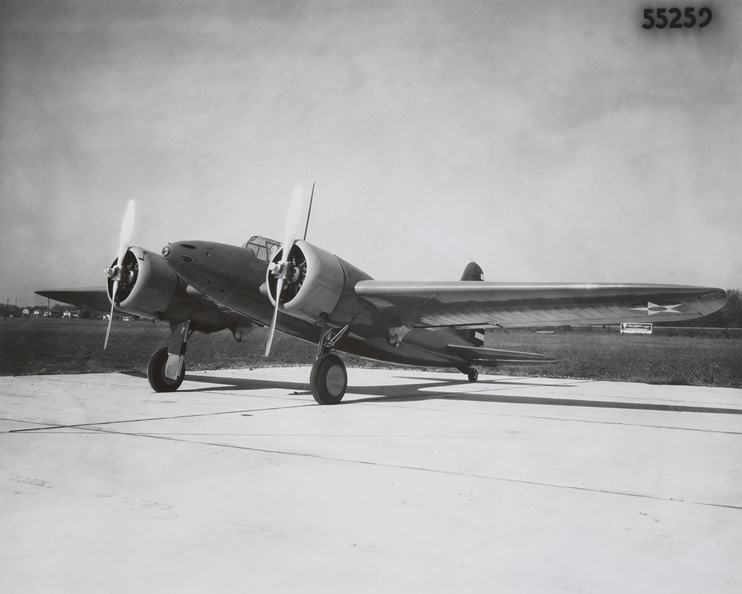
Project 914 Archives (S.Donacik collection) -
Larger Image
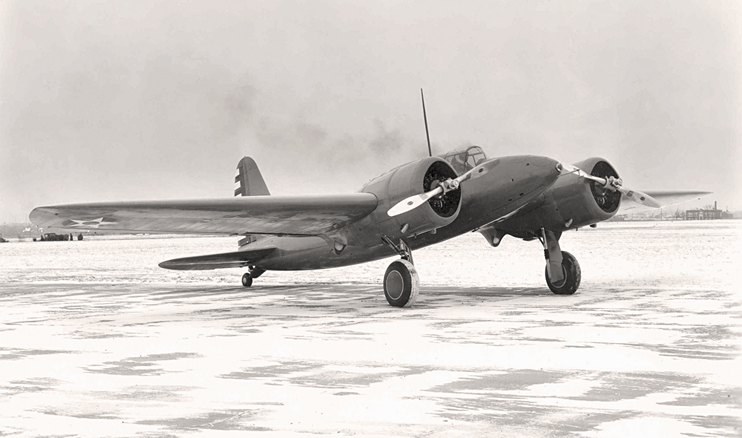
National Museum of the United States Air Force -
Larger Image
YA-14
Shown here is the redesignated YA-14 with its experimental nose-mounted 37mm cannon.
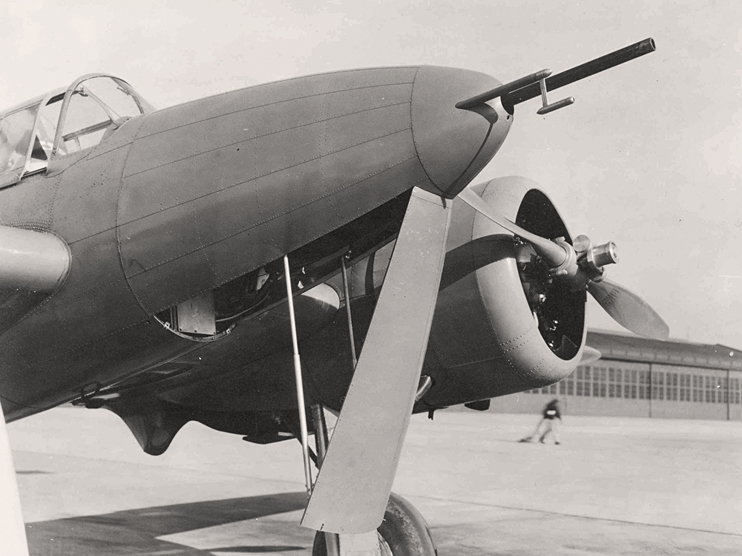
National Museum of the United States Air Force -
Larger Image
End of Days
The A-14 spent some time with the Air Corps Technical School
at Chanute Field, Illinois before being scrapped in August of 1938.
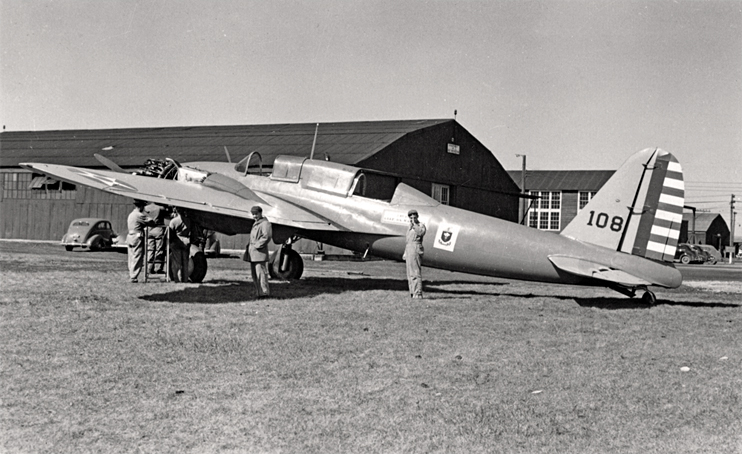
Project 914 Archives (S.Donacik collection) -
Larger Image
Back to 'Other Curtiss Aircraft'









